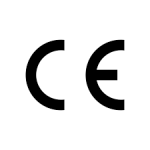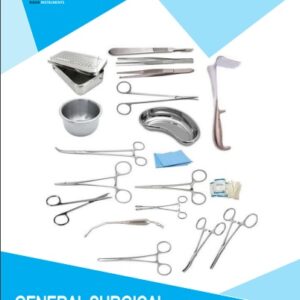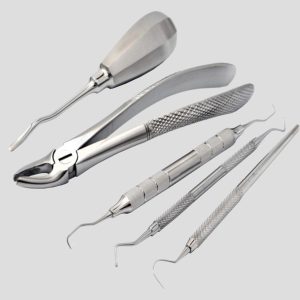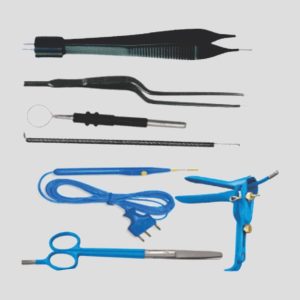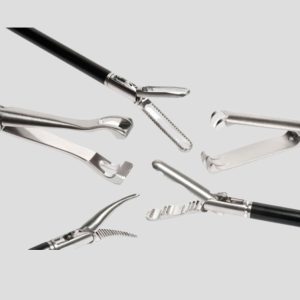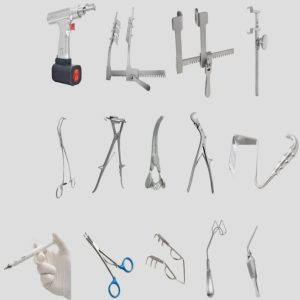
Stamping Process in Surgical Instruments Manufacturing
Stamping is a key metalworking process in the surgical instrument industry that involves shaping or forming stainless steel sheets or blanks into precise components using dies and high-pressure presses. It’s used to create consistent shapes, markings, and detailed contours required for functionality and brand identity.
Why Stamping is Important
Shape Formation
Converts flat stainless steel into 3D instrument components (e.g. retractor blades, scissor handles)
Allows mass production with high precision and repeatability
Part Number & Logo Marking
Used to stamp model numbers, sizes, “CE” marks, or “RIGOR INSTRUMENTS” branding directly on the tools
Ensures traceability, compliance, and professional finish
Structural Integrity
Precisely stamped parts have uniform thickness and dimensions
Reduces machining time and ensures fit accuracy during assembly
Types of Stamping Used by Rigor Instruments
| Type | Purpose |
|---|---|
| Blanking | Cuts flat metal shapes for further processing |
| Embossing | Adds raised markings/logos on the tool surface |
| Piercing | Makes precision holes and slots during forming |
| Coining | Adds fine text or numerical detail to surface |
| Bending/Forming | Shapes parts like clamps, scissors, retractors |
Stamping in Rigor Instruments Workflow
Die Design – Custom hardened steel dies created for each instrument model
Steel Preparation – 420 or 440C stainless blanks cleaned and aligned
High-Tonnage Presses – Mechanical or hydraulic presses apply up to 100+ tons force
Marking – CE, LOT numbers, sizes, or RIGOR branding stamped
Finishing – Deburring, polishing, and quality control
Risks of Poor Stamping
| Issue | Result |
|---|---|
| Misaligned stamps | Tools won’t fit or assemble properly |
| Weak embossed marks | Fades during sterilization or use |
| Burrs or rough edges | Risk of infection, discomfort, or contamination |

